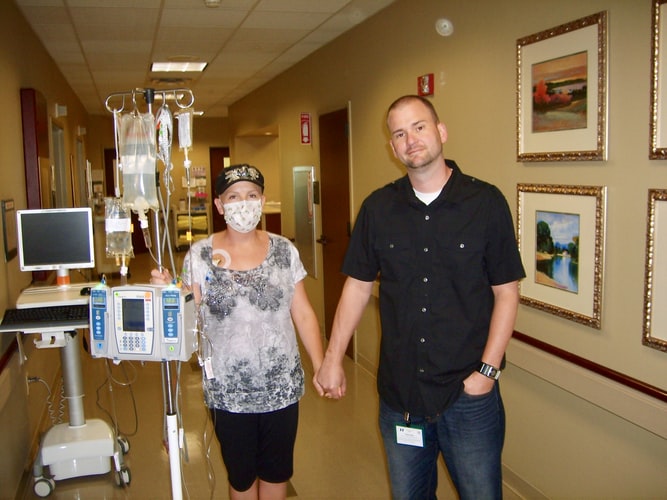
Suicide information
My daughter, Prerna, 18 years old, threatened to commit suicide by jumping off from our 7th storey flat. It is not the first time that she has said so. She has also tried to cut her wrists earlier. She remains extremely sad and withdrawn. I do not know whether to take her seriously or not. She is in the 12th standard and this is affecting her studies. How is it possible to know whether the person threatening suicide will really commit it or not?
Suicide is a major public health problem. Over the past 15 years, while the overall suicide rate has remained relatively stable, the rate for 15-24 year olds has increased two to threefold. Amongst adolescents, the suicide rate varies inversely with the integration of social groups of which the individual forms a part. The lack of meaningful family ties and social interactions is a risk factor. She may have themes of using suicide as a means for escape or sleep. She is most likely to do so when there is a narcissistic injury and when she experiences overwhelming rage or guilt. Many suicides are preventable. Only infrequently are people encountered whose suffering is so great or unresponsive to treatment that their eventual suicide is perceived as inevitable. The risk factors include a past suicide attempt, a psychiatric disorder like depression, impulsive personality and social isolation. Lack of future plans, giving away personal things and a recent loss or perceived loss signify increased risk for suicide. Hopelessness, tension, irritability, worrying and poor concentration are also risk factors. The majority of suicide attempts are impulsive. Most of the attempters would have thought of the attempt for less than an hour beforehand. Rather than to die, the suicide attempt is to get relief from a terrible state of mind. It is often to frighten, get back at or make someone feel sorry for the way he or she treated her. Nevertheless, the attempt at suicide is a cry for help. Although there is no specific personality trait, the attempters are often, immature, anxious, self-centered, dependent, hostile, impulsive and have difficulties in relationships. Sometimes, the suicide attempt is followed by improvements in both social and personal problems. The improvement occurs largely because the desired responses occur and partly also determine that there will be another attempt. Approximately 40 percent of suicide attempters have made a previous attempt and between 13 and 35 percent of attempters make another attempt during the next 2 years. There may be people who will repeatedly make attempts. 1 percent of them actually end up with committing suicide in the following year.
What you can do for Prerna?
The first thing to do is to establish the cause for her suicidal behavior. You may need to assess her on six counts. What is the explanation for the attempt in terms of likely reasons and goals? What is the degree of suicidal intent? Is she at an immediate risk of suicide through overdose of medications or self-injury? What problems, immediate, as well as long-term, confront Prerna? Did a particular event precipitate the suicidal thought? Does she have a psychiatric problem and is it relevant to the thought of suicide? What kind of help would be appropriate and is she willing to accept the help? The next thing is to obtain a detailed sequential account of the events in the 48 hours preceding her threat and of the circumstances surrounding it. There should be a clarification of the current psychological and interpersonal problems. The reason for the threat should be elicited. You should judge her coping skills and the risk of attempt. The more violent and painful the threat, the greater is the risk of an attempt. Five factors should be assessed related to her first attempt – the agent used to cut the wrists, the depth of the wound and its fatality risk, the effect on the body and the treatment required. You also need to look at where she made the attempt; people involved then, the probability of the discovery and how it happened. The next thing is to make a list of her current problems and discuss how those problems might be overcome. This might help her to resolve the crisis and overcome her problem. There should an insinuation of preventive measures to help her prevent or cope with subsequent crisis without resorting to suicide attempts. It is often found that people who have attempted suicides are more prone to self-injury problems also. You may want to watch out for such a behavior in Prerna also. She would cut delicately and not coarsely, in private with a razor blade or a kitchen knife, mostly on the wrists or the arms, experience no pain and is generally done to express anger at herself or others, relief of tension or wish to die. You must take preventive steps by removing all potential self-mutilating objects from her reach. You should examine her room and search for objects that may be used for self-mutilation. You should also dissuade her from making any major life decisions while in this state because such decisions often are morbidly determined and may be irrevocable. The consequences of such bad decisions may cause still more anguish and misery when she is out of her problems. You should also consider giving her medications for her problems and taking help of counseling centers. There are specialized centers that provide crisis listening posts and such telephone help lines help to diminish the isolation, withdrawal and loneliness that Prerna experiences.



